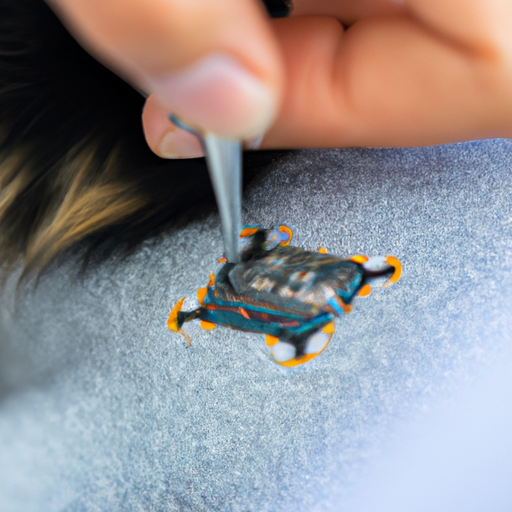Introduction
As a caregiver, you’re always looking out for the welfare of your loved ones. And if you’re a pet owner, this extends to your four-legged companions as well. In the event that your beloved pet gets lost, having a microchip implanted could be the difference between a joyful reunion or heart-wrenching uncertainty.
What is a Microchip?
A microchip is a tiny device, about the size of a grain of rice, that uses radio frequency identification (RFID) technology. Implanted under your pet’s skin, it carries a unique identification number. If your dog ever gets lost and is picked up by a shelter or vet, they can scan the microchip to read its details.
- Size: About the size of a grain of rice
- Technology: Uses RFID technology
- Location: Implanted under the skin
- Purpose: Carries a unique identification number
Where is the Microchip Placed?
The microchip is typically implanted between your dog’s shoulder blades, just beneath the skin. This location is chosen for two reasons:
- It’s a spot that dogs usually can’t reach, so they can’t scratch or bite at the implant site.
- It’s an area with very little movement, so there’s less chance of the chip migrating to other parts of the body.
| Microchip Placement | Reason |
|---|---|
| Between shoulder blades | Hard to reach; less chance of migration |
How is the Microchip Implanted?
The process of microchipping your dog is straightforward and relatively painless. It’s similar to a routine vaccination:
- Your vet uses a specially designed implanting device, a bit like a large syringe.
- They’ll lift the skin between your dog’s shoulder blades.
-
The needle is inserted, and the microchip is injected under the skin.
-
Step 1: Use of implanting device
- Step 2: Lift the dog’s skin
- Step 3: Insert needle and inject microchip
Aftercare and Maintenance
Once the microchip is implanted, it’s there for the lifetime of your pet. It requires no batteries and there’s no need for charging. However, it’s good practice to have your vet scan the chip during your dog’s annual check-up to ensure it’s still functioning correctly.
- Lifetime: Lasts the life of your pet
- Maintenance: No batteries or charging required
- Check-up: Have it scanned at annual vet visits
Frequently Asked Questions
Is microchipping painful for my dog?
While it may cause minor discomfort, it’s no more painful than a standard vaccination shot.
Can a microchip track my dog?
No, a microchip is not a GPS device. It only provides identification when scanned.
Does a microchip replace my dog’s collar and tags?
While a microchip provides an extra level of identification, it doesn’t replace the need for collars and tags which provide immediate, visible identification.
How much does microchipping cost?
Costs vary, but typically it’s around $45, which usually includes registration in a pet recovery database.
Remember, as a caregiver, it’s your role to ensure the safety and well-being of your loved ones, including your pets. Microchipping is just one way to assist in securing their safety.



